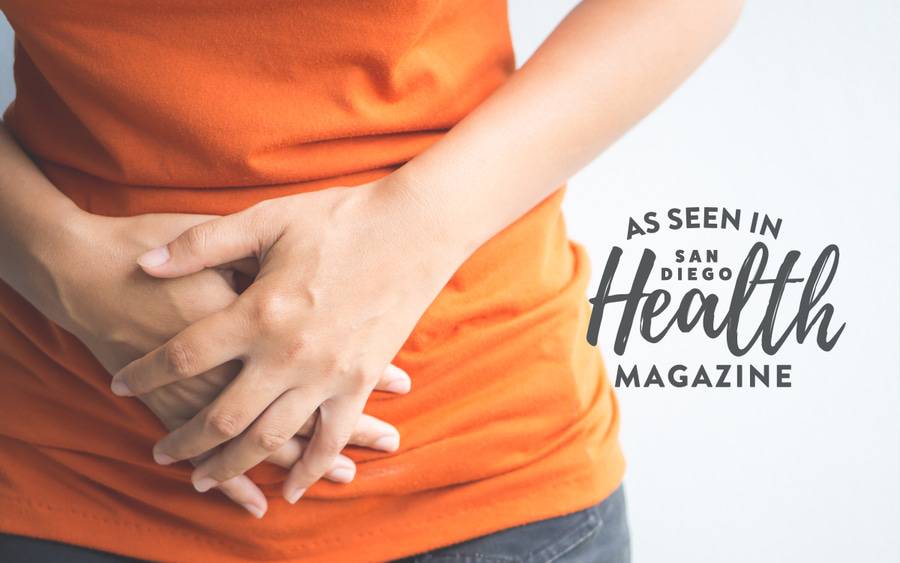Bladder Pain Causes and Treatments
Urinary frequency and urgency may be signs of a UTI — or something more serious

Urinary frequency and urgency may be signs of a UTI — or something more serious
When they have to run back and forth to the bathroom and deal with painful urination, many women automatically think it’s a urinary tract infection (UTI). Not a bad guess, considering that UTIs are extremely common. According to the National Kidney Foundation, about 20 percent of women have one at some point in their lives, and 30 percent of those women will have more than one.
But there’s another common condition with nearly identical symptoms that’s less well known: interstitial cystitis (IC), also called painful bladder syndrome.
Varuna Raizada, MD, a Scripps Clinic urogynecologist, specializes in female pelvic floor disorders. Below, she explains how finding the right treatment starts with a proper diagnosis.
Urinary tract infections are caused by bacteria
“Patients who have interstitial cystitis have a combination of urgency, frequency and bladder pain, which comes and goes, and an absence of any detectable bladder infection,” says Dr. Raizada. “Women who have frequent bladder infections will have the triad of symptoms, but they also have cultures that are positive for infection — that’s how we tell one from the other.”
That’s about where the similarities end. UTIs are bacterial infections, and Dr. Raizada attributes most of them to changes in the vaginal environment, like those stemming from wavering estrogen levels — such as during breastfeeding or menopause — the use of spermicide, and bladder or kidney stones.
Causes of interstitial cystitis
The causes of IC vary. For some patients, chronic bladder infections have left residual inflammation, or an autoimmune disease causes cells in the body to disrupt the lining of the bladder, causing chronic inflammation.
Even highly acidic “detox diets” or cleanses could be the culprit. That probably doesn’t come as great news for the estimated 3–8 million American women affected, especially given that IC symptoms can be triggered by dietary changes or stress.
Treatments for interstitial cystitis and UTIs
Unlike UTIs, IC is a chronic condition. Treatment typically starts with lifestyle and dietary changes, stress management, avoiding bladder irritants and sometimes over-the-counter medications containing phenazopyridine. If those don’t help, patients are referred to an expert for more intensive treatments and medication.
Bladder infections can often be prevented using estrogen cream or antibiotics, and when they are detected they can be treated.
When to see a doctor about your bladder symptoms
If you’re experiencing frequency, urgency and pain during urination, contact your doctor, visit a Scripps HealthExpress location or see an urgent care provider. Prior to seeing a doctor, drink lots of water to flush out bacteria and try an over-the-counter medicine containing phenazopyridine (such as Azo or Pyridium) for immediate relief.

This content appeared in San Diego Health, a publication in partnership between Scripps and San Diego Magazine that celebrates the healthy spirit of San Diego.